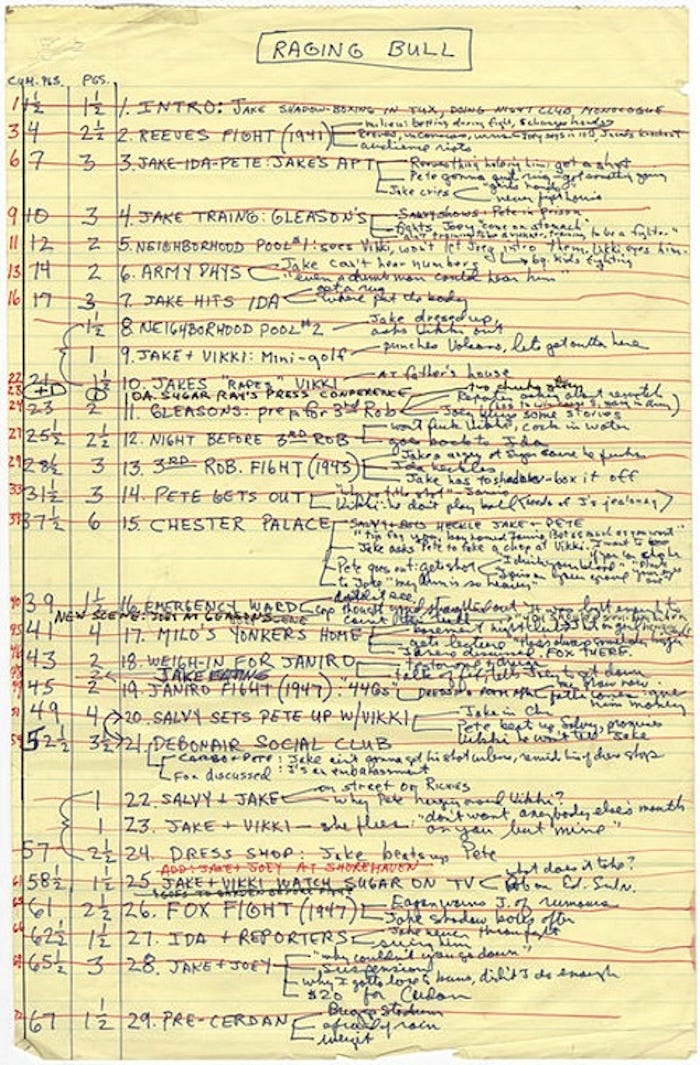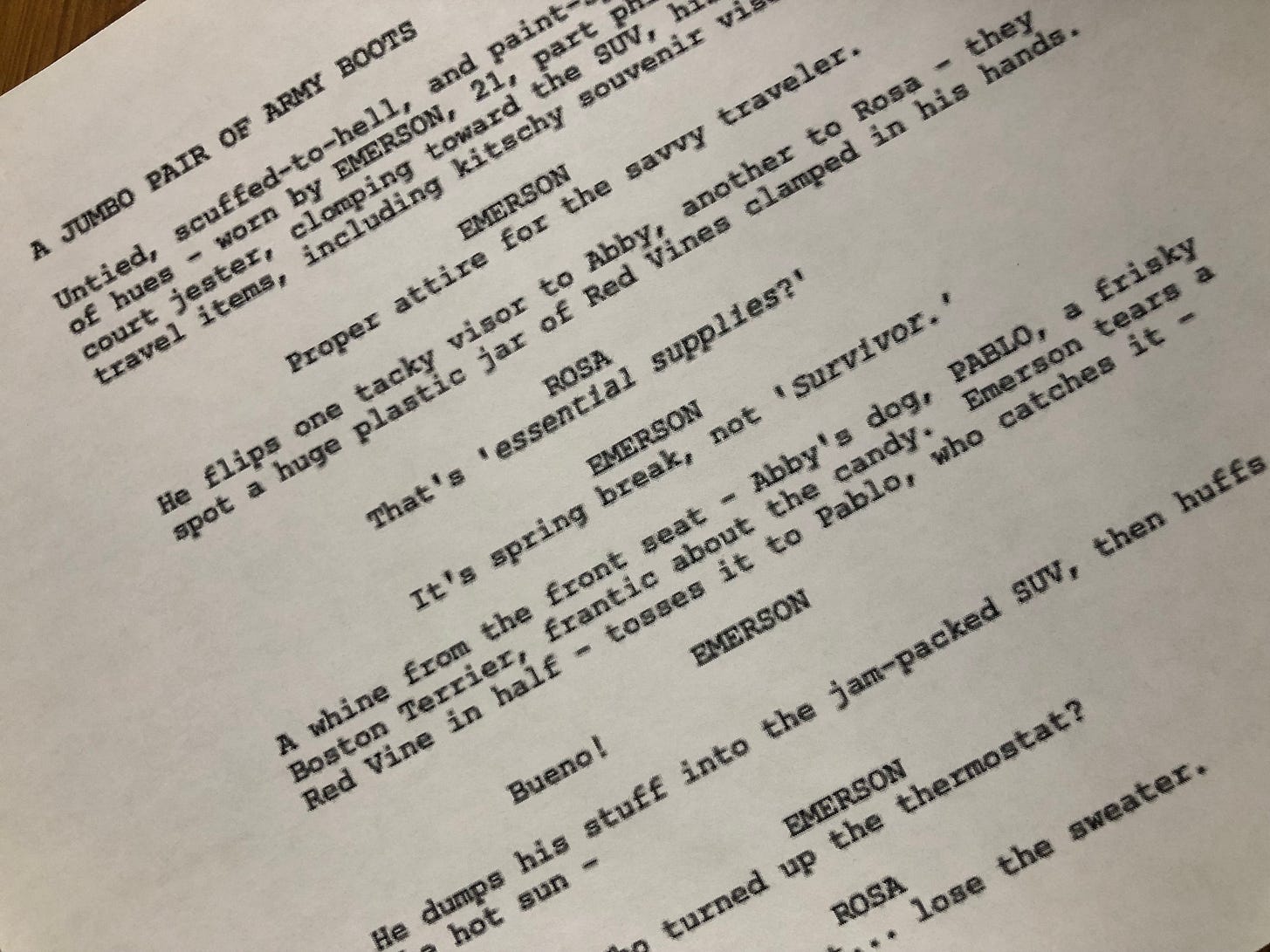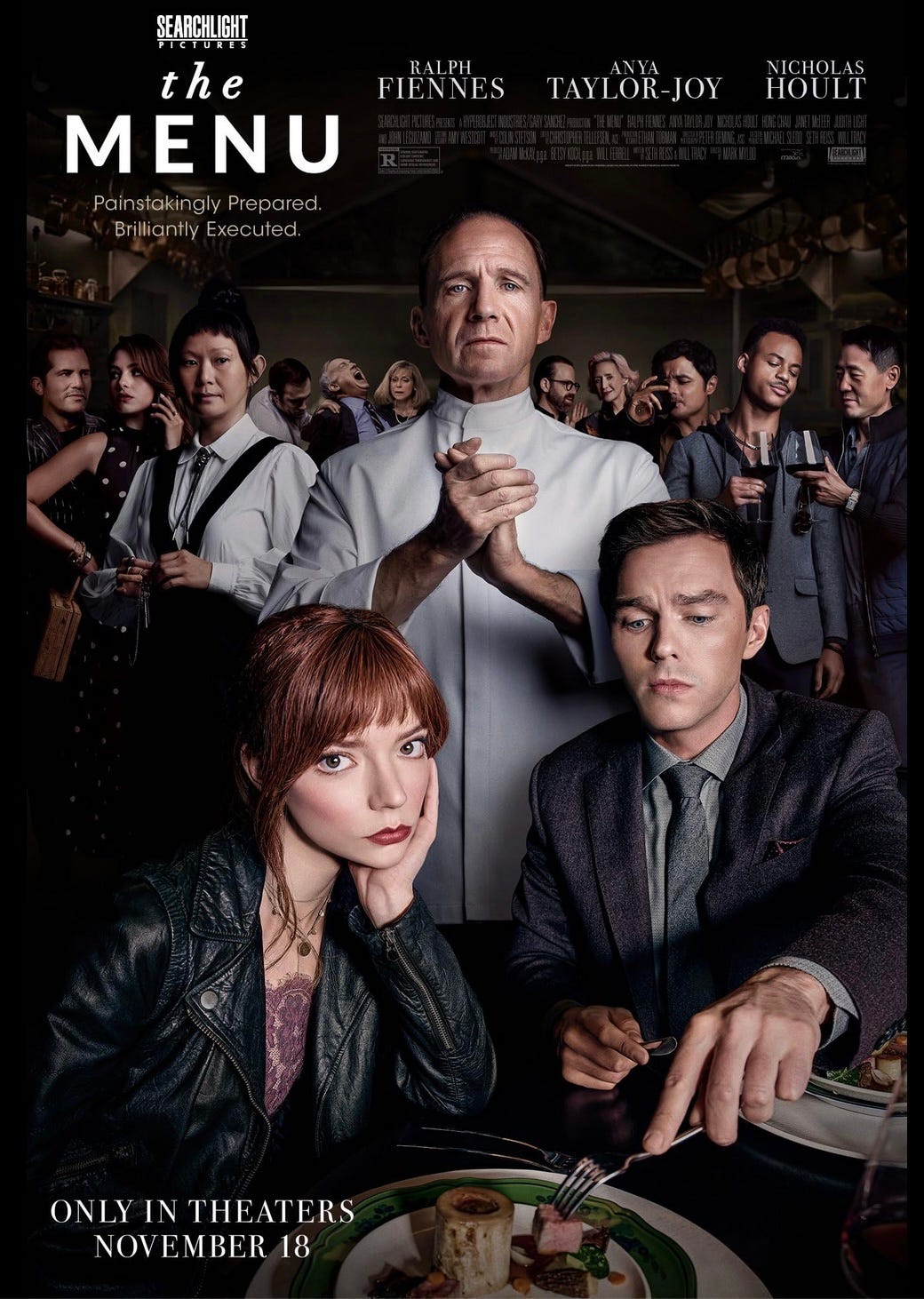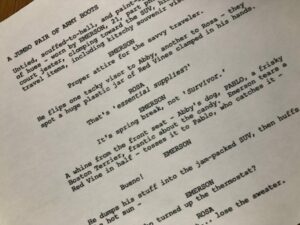Plotter versus Pantser: Which Secret Strategy Unlocks the Ultimate Writing Success?
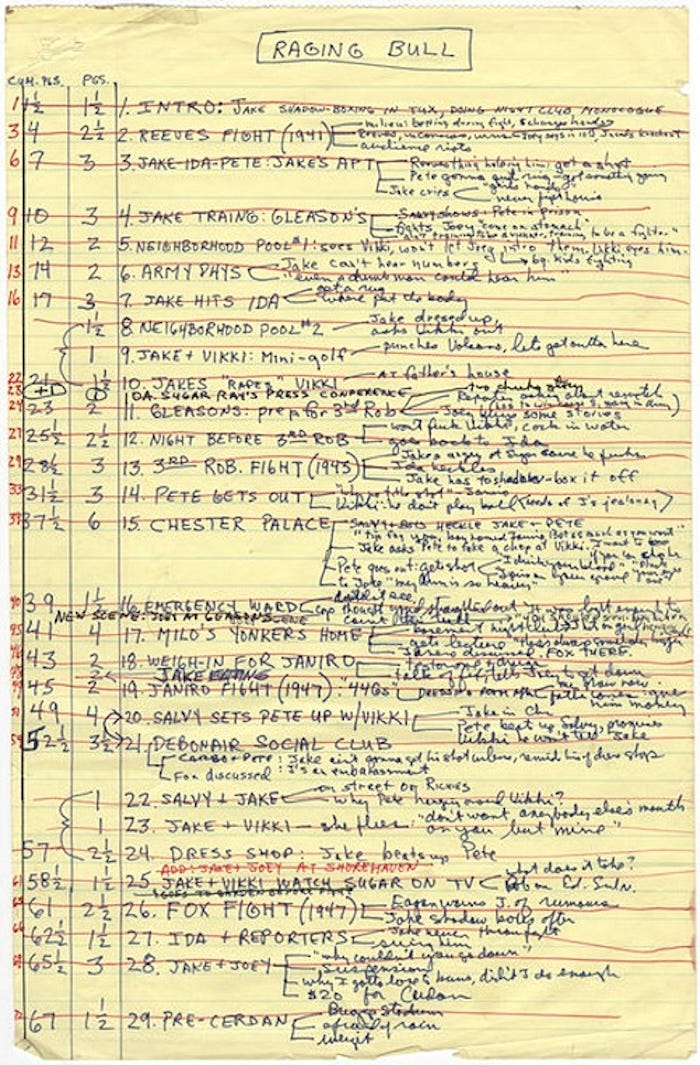
A writer who focuses on novels and short stories asks which approach screenwriters take.
In my current Character Development Keys course, one of the writers participating in the course Larry Keeton raised this question:
This is more of a process question based on curiosity. In the novel/short story world, there is always the discussion of plotter versus pantser. Which has led me to wonder about the screenwriting industry.
Given the nature of screenplays, it would seem to me that a writer must have a story somewhat finished before writing a script. It’s my understanding the story may or may not be fleshed out in terms of character. Do screenwriters then focus on developing character bibles as they proceed to writing the script? Or do they “pants” it, letting the dialogue and action take place as they write?
Here is my response:
Larry, an excellent question. In order to answer it, let’s divide the screenwriting project into two categories: Paid Gig | Spec Script.
If it’s a Spec Script and the writer doesn’t have a specific due date, they can “pantser” all they want. Start with a concept, type Fade In, and off you go! I don’t recommend that approach as the less prep work a writer does, the more likely their story will crash and burn somewhere in Act Two. This has been my experience as a teacher for over two decades, many if not most of the writers who take my Prep: From Concept to Outline workshop have had that experience of getting lost and giving up because they tried to “pantser” their way through the script. But as I always say, “There’s no right way to write,” so if a writer isn’t working under the pressure of a ticking clock, and they prefer to wander their way from Fade In to Fade Out, whatever!
If the project is a Paid Gig, that is an entirely different scenario. For instance, in the TV world, no one goes to script unless the writing team has broken that script down scene-by-scene. I can’t speak to how one-writer shows like Mike White and White Lotus operates, but if it’s a conventional TV series with a writers room, inevitably they break each episode down to each scene before going to script. Why? Because of the ticking clock! There is little to no room for error, so when they send one of the writers on staff off to knock out…
